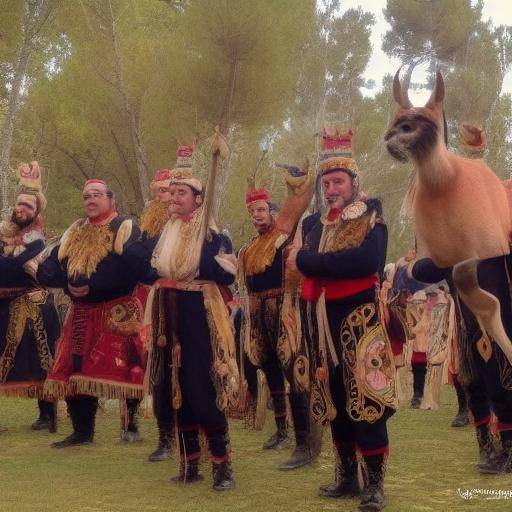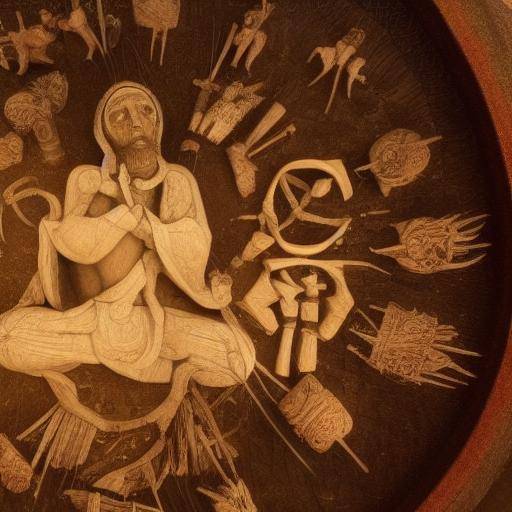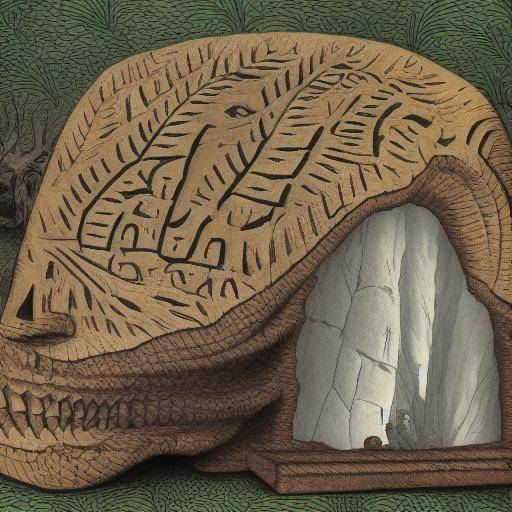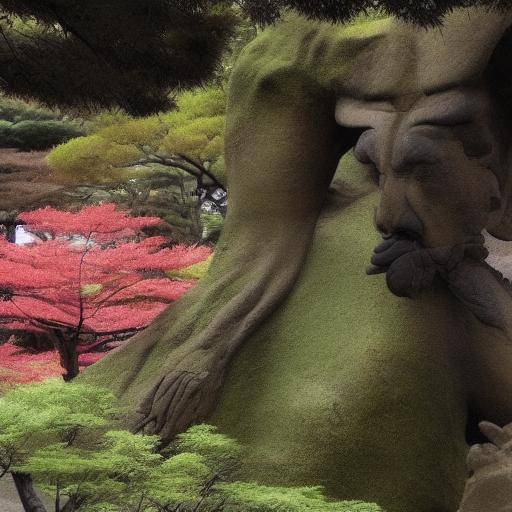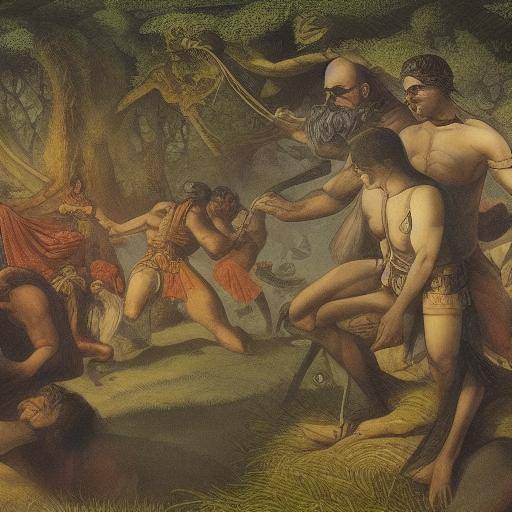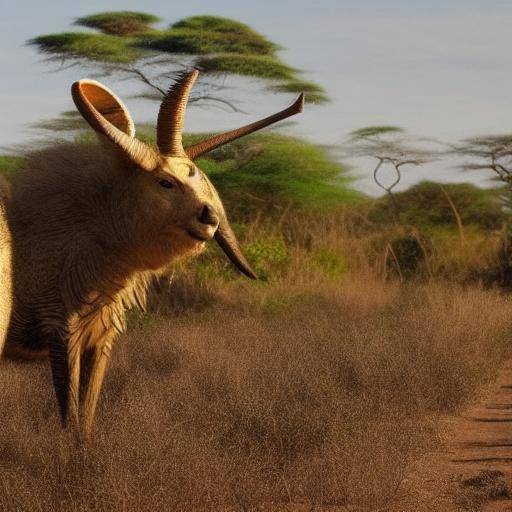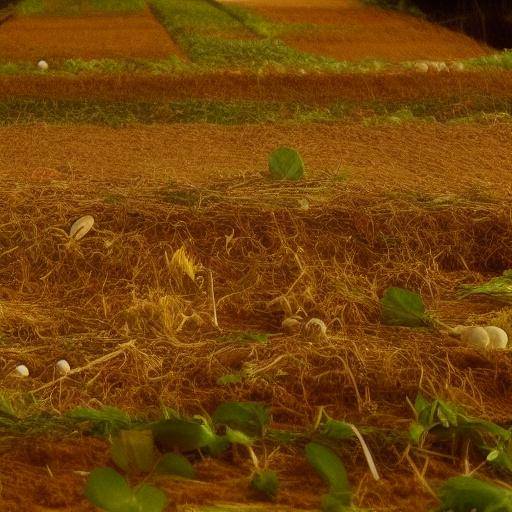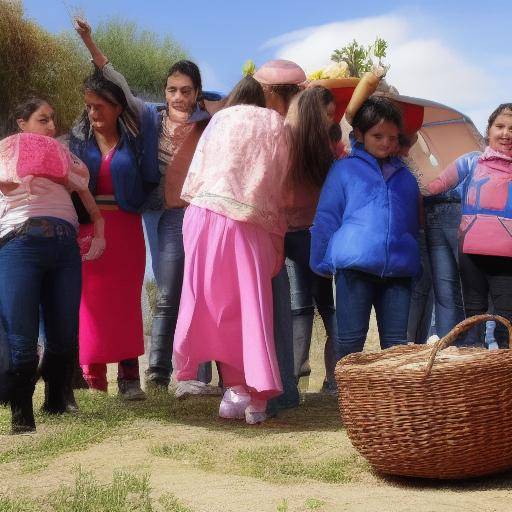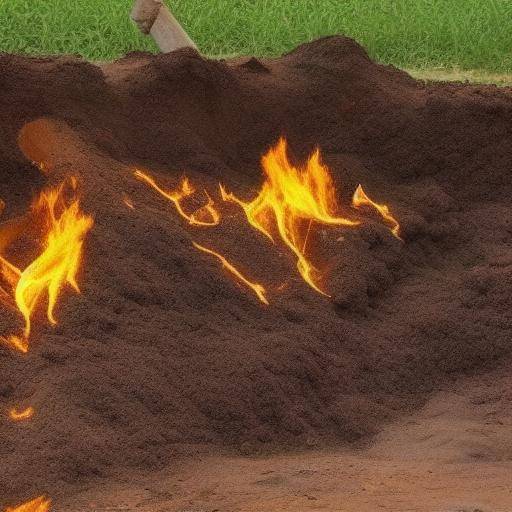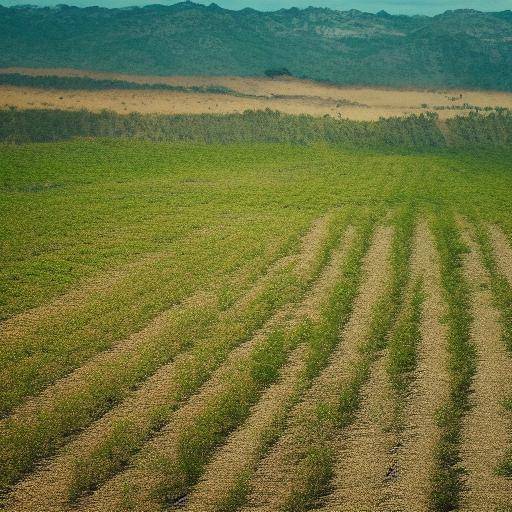
Introduction
The influence of land and nature on fertility rites has been significant throughout the history of humanity. This article will examine in detail the historical importance of land and nature in fertility rituals, their relevance today and provide practical advice to understand this issue.
History and Background
Fertility rituals have deep roots in ancient cultures, where land and nature were venerated as sources of life and fertility. From the first civilizations to the current indigenous traditions, the cult of land and nature has been crucial in rituals aimed at promoting fertility in fields, livestock and human offspring.
For example, in Mesopotamian culture the goddess of Inanna fertility was honored, whose rituals included the invocation of land and nature to ensure prosperity. In ancient Greece, the festivities in honor of Deméter, the goddess of fertility, involved agricultural rites that highlighted the importance of fertile land and generous nature. These examples illustrate the close connection between land, nature and fertility throughout history.
The Earth as a Source of Life
The earth has been regarded as a living entity that provides sustenance and life. In many cultures, specific rituals were performed to ensure that the earth remained fertile. These rituals often involved offerings, sacrifices and ceremonies intended to appease the spirits of the earth and ensure abundant harvests.
Fertility Rites in Different Cultures
- Mesopotamia: The rituals in honor of Inanna included the planting of seeds and the irrigation of the fields, symbolizing the renewal of life through the fertility of the earth.
- Ancient Greece: The Tesmophorias, festivities in honor of Deméter, involved the preparation of the land for the sowing and celebration of abundance.
- Indigenous American Cultures: Dance and singing ceremonies were often performed to ask for the blessing of Mother Earth and ensure the fertility of crops and livestock.
Analysis in Deep
Nature and its Spiritual Connection
Nature is not only considered a physical resource, but also a spiritual element. In many cultures, natural elements such as rivers, mountains and trees are seen as dwellings of spirits and deities that influence fertility. These natural elements are incorporated into rituals to invoke their power and ensure prosperity.
Contemporary Fertility Rites
At present, the role of land and nature in fertility rituals remains relevant in many communities around the world. These traditional practices have evolved and adapted to social and environmental changes. Despite the advance of technology, many people still resort to ancestral teachings to connect with land and nature in fertility rituals.
Sustainability and Fertility Rituals
It has been noted that modern fetility rites often incorporate aspects of environmental sustainability and promote greater awareness of the importance of protecting land and nature to ensure continued fertility. This evolution reflects an adaptation to current needs while respect for the traditions rooted in the relationship between land, nature and fertility is maintained.
Current Relevance and Practical Tips
Connect with Earth
For those who wish to incorporate these principles into their lives, it is recommended to practice gardening, participate in sowing and harvest ceremonies, and perform outdoor meditations. These activities can help strengthen the connection with land and nature.
Community celebrations
Organizing or participating in festivals and ceremonies that honor land and nature can be an effective way of keeping these traditions alive. These celebrations not only promote fertility, but also foster a sense of community and environmental responsibility.
Conclusion
In short, land and nature have played a fundamental role in fertility rituals throughout history and remain relevant today. They serve as a reminder of the close connection between human fertility and environmental health. By respecting and honoring these ancestral practices, we can learn to live in harmony with nature and ensure a sustainable future for generations to come.

